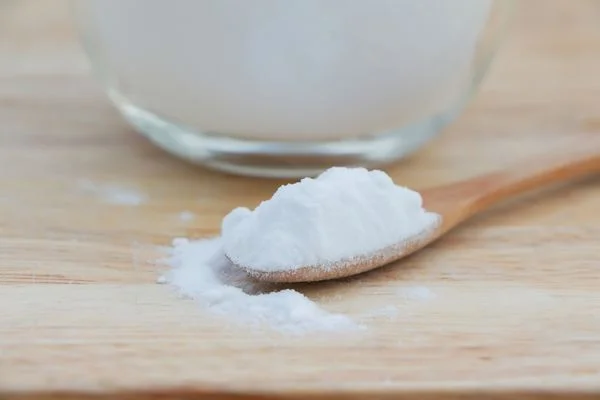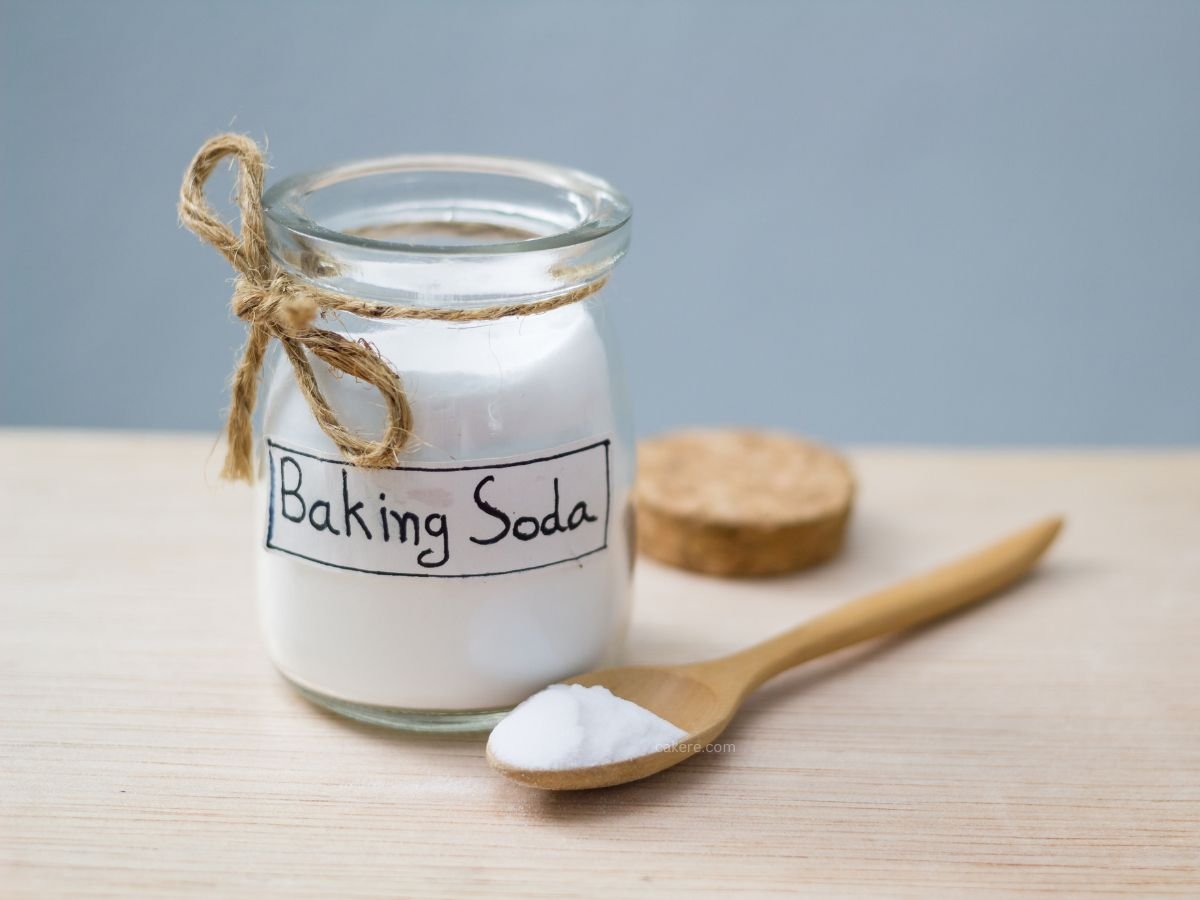No, baking soda and baking powder are not the same. They are both leavening agents, which means that they are used to make baked goods rise, but they work in different ways and have different uses.
Baking soda is pure sodium bicarbonate. When it is combined with an acid, such as lemon juice or vinegar, it releases carbon dioxide, which causes the batter to rise.
Baking soda should be used with caution because too much of it can give a metallic taste and also a soapy taste to your recipe.
Baking powder, on the other hand, is a combination of baking soda, an acid, and a starch. The starch helps to absorb moisture and prevent the baking soda and acid from reacting until the batter is moistened.

This means that baking powder can be added directly to the dry ingredients and doesn’t need to be combined with an acid before adding to the recipe.
The advantage of using baking powder is that you don’t need to worry about the acidity level of the recipe as it contains both the base and acid needed for the reaction.
Also usually is more consistent in the amount of leavening power provided.
What is baking soda?
Baking soda, also known as sodium bicarbonate, is a white powdery substance that is often used in baking as a leavening agent.
When baking soda is added to a recipe, it reacts with acidic ingredients such as buttermilk, yogurt, brown sugar, lemon juice, or vinegar, to release carbon dioxide gas. This causes the batter to rise and gives baked goods a light and fluffy texture.
Baking soda is a very versatile ingredient, it can be used in a lot of different applications like cooking, cleaning, and even personal care. In cooking, it can be used as a leavening agent in baked goods, like cakes, cookies, and bread.
It can also be used as a cooking method for some food. In cleaning, it can be used as a gentle cleaner for surfaces, cookware, and laundry. It’s also often used as an ingredient in natural personal care products, like toothpaste and deodorant.
It’s important to note that baking soda has a relatively neutral pH level, about 8.1, therefore, if too much is used in a recipe it can cause an alkaline taste and even an unpleasant metallic taste.
It’s recommended to follow recipe instructions carefully when using baking soda. Also, when storing baking soda, make sure it is kept in a sealed container away from moisture, as it can absorb odors and lose its effectiveness.
What are the substitutes of baking soda?
Baking soda is a common ingredient in many baked goods, but it can be substituted with several other leavening agents. Some popular substitutes for baking soda include:
- Baking powder: Baking powder is a combination of baking soda, an acid, and a starch. It can be used as a one-to-one replacement for baking soda in most recipes. However, be aware that if you’re using double-acting baking powder, the recipe may turn out differently as it reacts at different times.
- Cream of tartar: Cream of tartar is an acidic powder that can be combined with baking soda to make a homemade baking powder. To replace 1 tsp of baking soda, mix together 1/2 tsp of cream of tartar with 1/4 tsp of baking soda.
- Buttermilk, yogurt, sour cream or other fermented dairy products. They are acidic and can activate baking soda when used together. They can also provide a nice tangy taste to the final product.
- Eggs: Eggs are a natural leavener that can be used to replace baking soda in some recipes. The proteins in eggs help to create structure and stability, while the air bubbles trapped in the eggs help to lighten and leaven the batter.
- Fruit juices or purees: Some fruit purees, particularly those high in acidity, can be used as a substitute for baking soda. Examples include, lemon, lime or pineapple juice, or pureed cranberries, for example.
It’s important to keep in mind that when substituting a leavening agent, it can change the texture, flavor and rise of your final product, so it’s recommended to follow a recipe specifically developed for the substitute you choose.
What is Baking Powder?
Baking powder is a type of leavening agent that is often used in baking to help baked goods rise. It is a dry, powdery mixture that typically contains baking soda, an acidic ingredient such as cream of tartar, and a starch to absorb moisture.
When it is added to a recipe and exposed to moisture, it produces carbon dioxide gas, which causes the batter to rise and gives baked goods a light and fluffy texture.
There are two types of baking powder:
- Single-acting
- Double-acting
Single-acting baking powder releases all of its carbon dioxide when it is exposed to moisture, and it should be used immediately after mixing with other ingredients.
Double-acting baking powder releases some of its carbon dioxide when it is mixed with other ingredients, but the majority is released when it is exposed to heat during baking. This allows baked goods to rise more evenly and can help to prevent collapse.
Baking powder is usually used as a substitute of baking soda when a recipe doesn’t have acidic ingredients. It eliminates the need to look for an acid to activate the baking soda, making the recipe simpler and more consistent.
Also, because it contains the acid and the base, the right amount of reactants are always provided to reach the right level of leavening.
Final Thought
In summary, baking soda is used in recipes that contain an acidic ingredient and baking powder is used in recipes that do not contain acidity. They can be used in some similar recipes but in different proportions, and you should use the one the recipe calls for.

